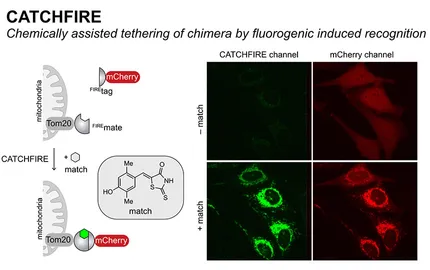Presentation

We study intra-cellular trafficking in mammalian cells, focusing on the biosynthetic/secretory pathway and functions of the Golgi complex. For this purpose, we set up original tools to unravel the molecular mechanisms involved and to develop translational applications based on this knowledge.




















